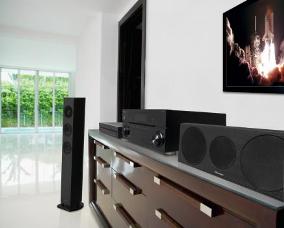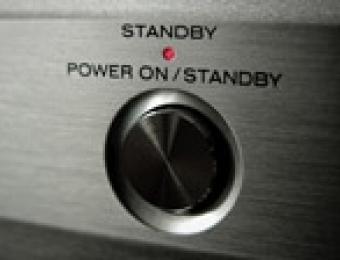
Where you place your TV will no doubt be based on where in the room it fits best, but have you considered what direction your set faces? While it used to be one standard story for CRT TVs, viewing angle varies between HDTV models, and a change in angle, whether it's horizontal or vertical, could mean a change in picture quality.
How will angle affect my picture?
The impact angle has on your TV picture will depend on the type of HDTV you are running. Image quality can be affected by both horizontal viewing angle (i.e viewing the TV from either side), or vertical viewing angle (e.g. if your TV's mounted too high or low). With newer models, viewing angle and quality isn't as big an issue as it once was, and different TVs are now providing wider and less affected angled viewing. Your experience may vary broadly even with different models of the same type or brand of TV.
Plasma TVs
Plasmas are not ideal for operating during the daylight, as their glass surface can reflect a lot of their surroundings. Having said that, they do have a higher capacity to be viewed from all angles without any significant loss in image quality, as they use separate lights to illuminate each pixel.
LCD and LED TVs
Viewing angle has traditionally been a problem for LCD and LEDs, and not too long ago a 40 degree viewing angle was the norm. LCD TVs are now being designed with an acceptable viewing angle of up to 170 degrees, and some even have larger viewing angles than plasmas. Depending on the model and the technology used though, you may experience something of a drop-off in image quality as the angle increases.
Projectors
Projectors and projector screens may also have issues with wide viewing angles, as they are more likely to be influenced by incidental light. The quality of a projected image relies particularly on the impact of external lighting.
What angle should I view my TV on?
Somewhere within 30 degrees of directly in front of the television is normally recommended for the best viewing experience. However, depending on the type of television you have and the quality of its operations, this may not be possible.
The best way to assess how you're going to view your TV is to test it when you're buying. Walk around the set in the store and see what angles best provide quality picture. If you know where your TV needs to be placed in your house, you can make sure the angle will be appropriate before making a purchase.





